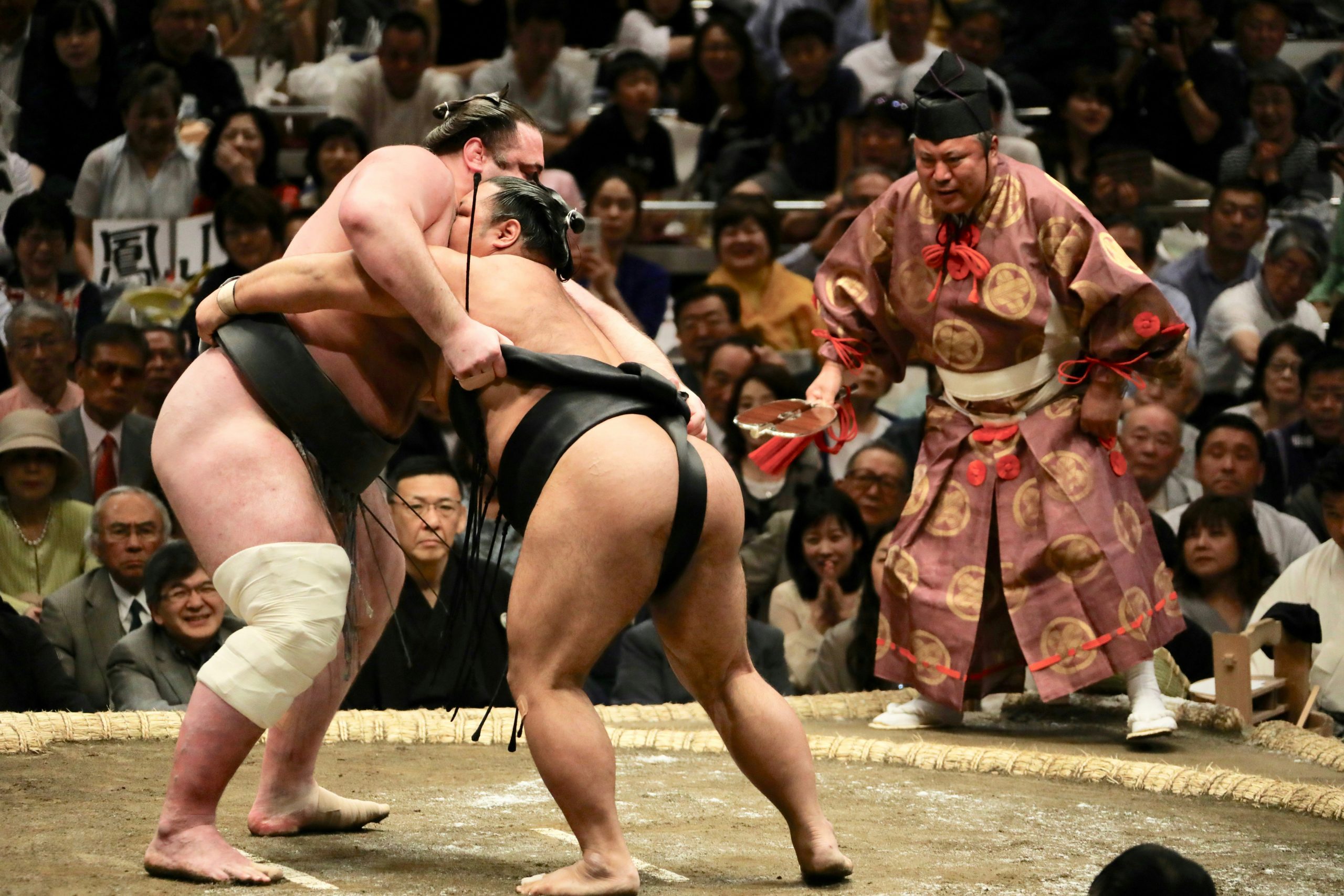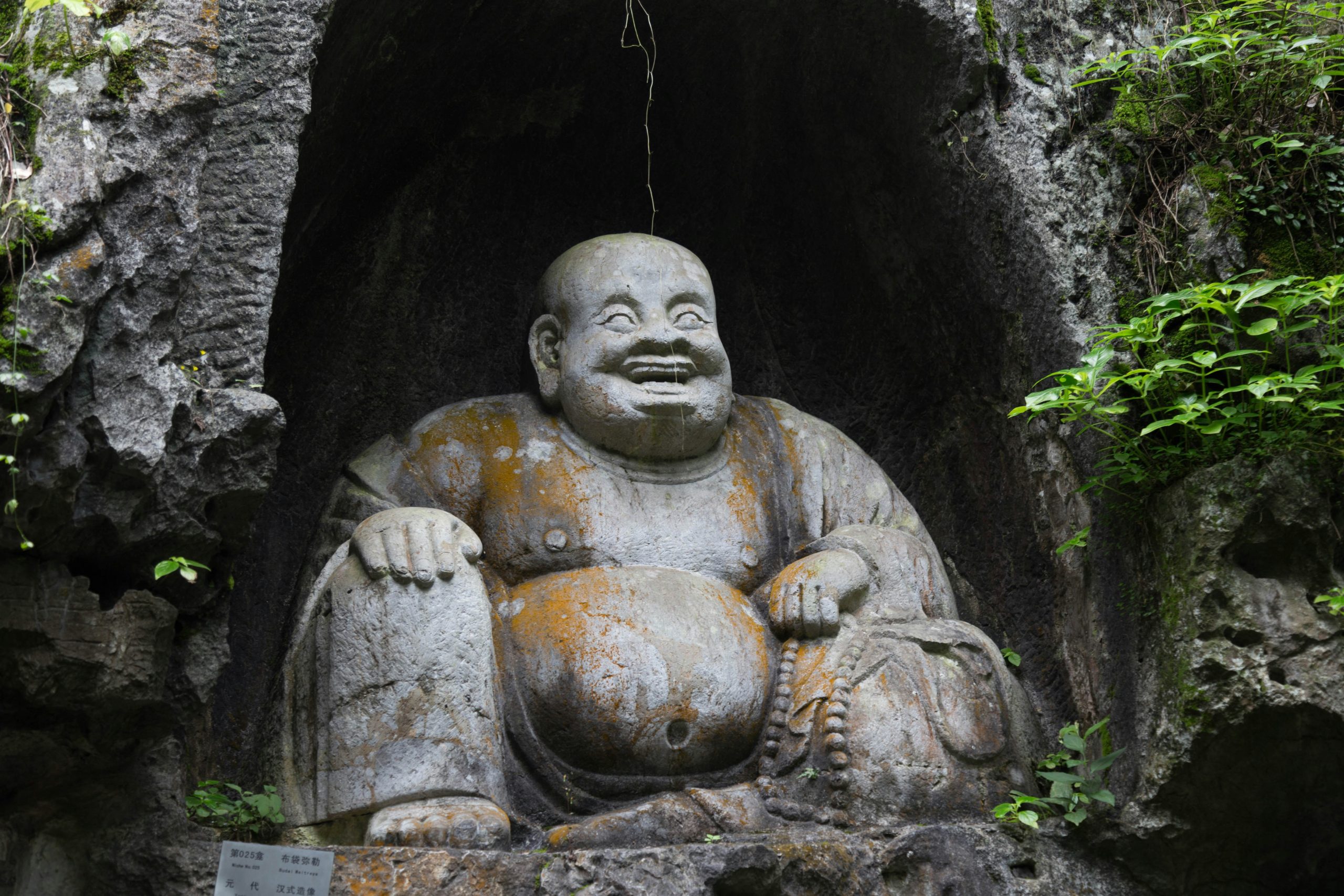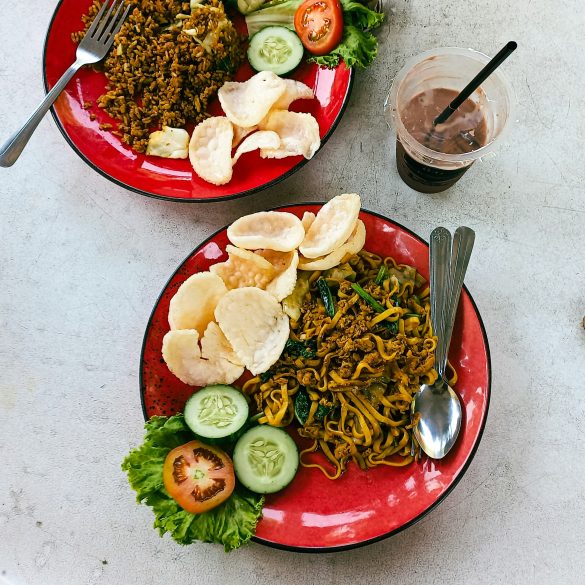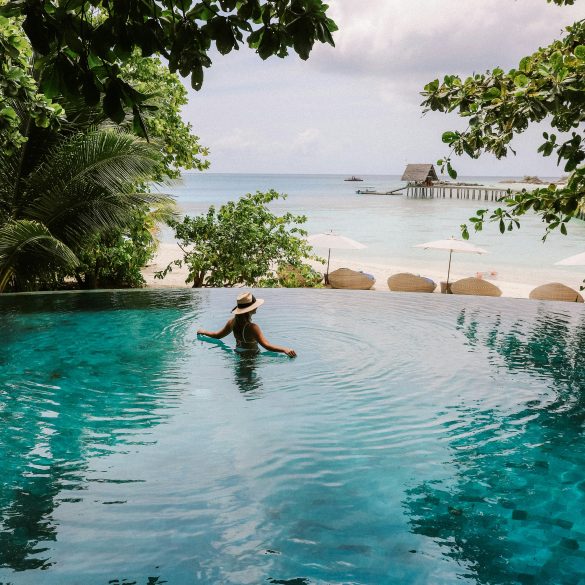Sumo Wrestling Japan: Ancient Tradition Meets Modern Sport
Honestly, I’ll never forget the first time I witnessed a sumo match live in Tokyo. The thunderous collision of two massive athletes, each weighing over 300 pounds, lasted barely fifteen seconds—but those few moments contained centuries of Japanese culture, spiritual tradition, and athletic prowess that left me absolutely mesmerized.
What strikes me most about sumo wrestling in Japan isn’t just the raw power and technique displayed in the ring. It’s how this ancient sport serves as a living, breathing connection to Japan’s cultural soul1. While many Western observers see only the spectacle of large men pushing each other around a circular ring, they’re missing something far more profound—a ritualistic performance that bridges Japan’s Shinto spiritual heritage with modern athletic competition.
Cultural Insight
Japan hosts six major sumo tournaments annually, called “basho,” each lasting 15 days. These tournaments generate over ¥40 billion (approximately $300 million USD) in economic activity annually, demonstrating sumo’s significant cultural and economic impact beyond mere sport.
The Cultural Heart of Sumo
Let me be completely honest—when I first started following sumo about eight years ago, I made the classic mistake of viewing it purely as a sport. I was fascinated by the rankings, the win-loss records, the tournament structure. But the more I learned, the more I realized I was only scratching the surface of something much deeper.
Sumo wrestling in Japan functions as what anthropologists call a “cultural performance”2. Every aspect, from the elaborate entering ceremony to the ritual purification with salt, carries spiritual significance rooted in Shinto beliefs. The dohyo (wrestling ring) itself is considered sacred ground—that’s why women are traditionally prohibited from entering it, though this practice has sparked considerable modern debate.
What really gets me excited about this cultural dimension is how sumo wrestlers, or rikishi, embody traditional Japanese values even in our modern era. The concept of “gaman” (enduring the seemingly unbearable with patience and dignity) permeates every aspect of their lives3. These athletes don’t just train their bodies; they cultivate character through an ancient apprenticeship system that demands absolute respect for hierarchy and tradition.
Key Cultural Elements
- Shinto purification rituals performed before each match
- Strict hierarchical system reflecting traditional Japanese social structure
- Communal living in “heya” (sumo stables) emphasizing collective responsibility
- Traditional topknot hairstyles maintained as cultural symbols
The spiritual elements fascinate me most, actually. Before each bout, wrestlers engage in an elaborate ritual that includes clapping to attract the gods’ attention, stomping to drive away evil spirits, and throwing salt to purify the ring4. I used to think these were just quaint traditions, but now I understand they’re fundamental to the sport’s identity—without them, sumo wouldn’t be sumo.
Historical Roots and Sacred Evolution
Back when I first started researching sumo’s origins, I’ll admit I was pretty naive about its historical complexity. I figured it was just an old wrestling style that somehow survived into modernity. Boy, was I wrong about that. The more I dug into the historical records, the more I realized sumo’s evolution tells the entire story of Japan itself.
Archaeological evidence suggests sumo-like wrestling existed in Japan over 1,500 years ago5. The earliest mentions appear in the Kojiki and Nihon Shoki, Japan’s foundational texts, where mythological gods engage in wrestling matches to determine territorial control. Fascinating stuff, really—it’s like the sport was literally born from Japanese creation mythology.
Historical Timeline
- 710-794 CE: Nara Period – Sumo becomes imperial court entertainment
- 1185-1333 CE: Kamakura Period – Warrior class adopts sumo training
- 1603-1868 CE: Edo Period – Professional sumo emerges
- 1868-present: Modern era – Standardization and globalization
What really strikes me about sumo’s historical development is how it adapted to each era while maintaining its core spiritual identity. During the Nara period (710-794 CE), sumo matches were performed at the imperial court as part of harvest festivals6. The emperor himself would watch these contests, believing that the outcome could influence the year’s agricultural success. Imagine that level of cultural significance!
The Edo period (1603-1868) transformed everything, though. This is when professional sumo really took off, with the establishment of the first formal ranking system and organized tournaments. Honestly, this period fascinates me because it shows how traditional culture can evolve and commercialize without losing its essence.
| Era | Key Development | Cultural Impact | Modern Legacy |
|---|---|---|---|
| Ancient | Mythological origins | Spiritual foundation | Ritual elements |
| Imperial | Court entertainment | Elite patronage | Ceremonial aspects |
| Professional | Ranking system | Popular entertainment | Tournament structure |
The Meiji Restoration Challenge
Here’s where things get really interesting—and honestly, a bit heartbreaking if you’re a sumo fan like me. When the Meiji Restoration began in 1868, Japan was desperately trying to modernize and westernize. Many traditional practices were seen as backwards or embarrassing7. Sumo nearly disappeared entirely during this period.
What saved sumo was brilliant cultural adaptation. The Japan Sumo Association, established in 1927, essentially argued that sumo represented the best of Japanese character—discipline, respect, spiritual purity—qualities that modern Japan still needed8. They were absolutely right, in my opinion.
The hierarchical ranking system that developed during this period still governs modern sumo. From yokozuna (grand champion) down to jonokuchi (the lowest division), every wrestler knows exactly where they stand9. This isn’t just about athletic ability—it’s a complete social structure that mirrors traditional Japanese society.
I’ve always found it remarkable how sumo maintained its spiritual elements even as it professionalized. The gyoji (referees) still dress in elaborate ceremonial robes, carry ancient fans, and chant in classical Japanese. Every tournament begins with a purification ceremony. These aren’t tourist attractions—they’re living spiritual practices that connect modern Japan to its ancestral roots.

Life Inside the Sumo Stable
Alright, let me tell you about something that absolutely blew my mind when I first learned about it—the daily life of sumo wrestlers. I mean, we’re talking about a lifestyle that’s basically unchanged since the 1600s, happening right now in modern Tokyo. It’s honestly like stepping into a time machine.
The heya system (sumo stables) represents one of Japan’s last remaining examples of the traditional apprenticeship model10. Young wrestlers, some as young as 15, move into communal housing where every aspect of their lives is controlled by strict hierarchy and ancient customs. I’ll be honest—when I first heard about this, my Western sensibilities were pretty shocked.
Daily Schedule in a Sumo Stable
- 5:00 AM – Morning training (keiko) begins
- 7:30 AM – Senior wrestlers practice while juniors observe
- 10:00 AM – Communal bath and breakfast preparation
- 11:00 AM – First meal (chanko nabe) – largest meal of the day
- 12:00 PM – Mandatory nap time for weight gain
- 3:00 PM – Afternoon duties and lighter training
- 6:00 PM – Evening meal and personal time
What really gets me about this system is how it completely inverts our modern understanding of individual rights and personal freedom. Junior wrestlers can’t even leave the stable without permission. They serve senior wrestlers, clean the facility, prepare meals, and basically live as servants until they prove themselves in the ring11. Yet somehow, this creates incredibly strong bonds and genuine respect between wrestlers.
The training itself is absolutely brutal—and I mean that in the most respectful way possible. Morning keiko (training) involves repeated practice bouts where junior wrestlers get thrown around by their seniors until they can barely stand. There’s no modern sports science here, no fancy equipment or nutritional supplements. It’s pure, traditional conditioning that builds character as much as muscle.
The Chanko Nabe Culture
Now here’s something I find absolutely fascinating—the entire culture around chanko nabe, the traditional sumo stew. This isn’t just food; it’s a complex social ritual that reinforces hierarchy and community bonding. Only senior wrestlers are allowed to cook chanko, and the recipes are often closely guarded stable secrets12.
The nutritional strategy behind chanko is pretty genius, actually. These massive pots of protein-rich stew, combined with rice and beer, help wrestlers maintain their size while providing the nutrition needed for intense training. But eating happens in strict order—senior wrestlers first, then juniors. Nobody speaks during meals except when spoken to by superiors.
| Rank Level | Daily Duties | Training Priority | Living Conditions |
|---|---|---|---|
| Yokozuna/Ozeki | Focus on training | Individual practice | Private rooms |
| Sekitori | Some supervision | Group sessions | Shared quarters |
| Lower divisions | All stable chores | Basic conditioning | Communal sleeping |
What strikes me most about modern sumo training is how it’s remained essentially unchanged despite Japan’s technological advancement. While other sports embrace analytics, video analysis, and scientific training methods, sumo stables deliberately maintain traditional approaches. Some might call this stubborn, but I think it reflects something deeper about preserving cultural authenticity.
The psychological pressure is intense, though. Wrestlers face constant public scrutiny, especially during tournament season. Japanese media coverage is absolutely relentless—every match is analyzed, every mistake criticized. Foreign wrestlers, who now make up a significant portion of the sport, face additional challenges of cultural adaptation while competing at the highest levels13.
Honestly, what impresses me most is the mental toughness required. These athletes maintain this lifestyle for years, sometimes decades, with relatively modest financial rewards unless they reach the top ranks. It’s a testament to the power of tradition and community that the system continues to attract young people willing to sacrifice individual freedom for cultural participation.
Tournament System and Modern Challenges
Let me tell you something that still amazes me after all these years following sumo—the tournament system is simultaneously ancient and utterly modern. Six times a year, the entire sumo world converges for 15-day tournaments that combine centuries-old tradition with contemporary media spectacle. It’s really something to witness.
The basho schedule runs like clockwork: January, March, May (Tokyo), July (Nagoya), September (Tokyo), and November (Fukuoka)14. Each tournament features 15 days of matches where wrestlers’ entire careers can change with a single bout. The ranking system adjusts after every tournament based purely on win-loss records—no subjective judging, no politics. Well, mostly no politics.
2024 Tournament Statistics
- Average daily attendance: 8,500 spectators per tournament
- Television viewership: 15-20% household share during finals
- International streaming viewers: Over 500,000 globally
- Prize money for tournament winner: ¥10 million ($75,000 USD)
What fascinates me about the modern tournament system is how it maintains traditional elements while adapting to contemporary demands. The elaborate opening ceremonies, featuring all wrestlers in their finest ceremonial dress, still give me chills every time I watch. But now these ceremonies are broadcast globally, streamed online, and analyzed by international sports commentators15.
Contemporary Challenges and Controversies
Honestly, sumo faces some pretty serious challenges in modern Japan that worry me as someone who deeply respects this tradition. Declining Japanese participation is a huge issue—many of today’s top wrestlers come from Mongolia, Georgia, and other countries. This creates fascinating cultural dynamics but also raises questions about preserving Japanese cultural authenticity16.
The sport has also grappled with serious scandals in recent years—match-fixing allegations, hazing incidents, and questions about the treatment of foreign wrestlers. These controversies have forced the Japan Sumo Association to implement reforms while trying to maintain traditional authority structures. It’s a delicate balance, and honestly, they don’t always get it right.
Women’s participation remains a contentious issue that I find particularly complex. While the traditional prohibition on women entering the sacred dohyo has deep religious significance, it creates obvious tensions with modern equality principles. Recent incidents involving female medical professionals being asked to leave the ring while treating injured wrestlers sparked significant public debate17.
The Future of Sumo
Looking ahead, I’m cautiously optimistic about sumo’s evolution. The sport is actively working to expand its international appeal through digital platforms and educational programs. The recent partnership with streaming services has introduced sumo to global audiences who might never have discovered it otherwise.
Youth development programs are expanding, though they face competition from baseball, soccer, and other sports that offer clearer professional pathways. The Japan Sumo Association has begun recruiting more actively in schools and communities, emphasizing sumo’s character-building aspects alongside athletic development.
What gives me hope is seeing young wrestlers from diverse backgrounds fully embracing sumo’s cultural elements. Watching a Mongolian wrestler perform the traditional ring-entering ceremony with perfect respect and precision demonstrates that cultural transmission can transcend national boundaries when approached with genuine reverence.
Sumo wrestling in Japan remains far more than sport—it’s a living bridge between ancient spiritual traditions and contemporary athletic competition. As someone who’s followed this remarkable tradition for years, I believe its future lies not in abandoning its cultural roots, but in thoughtfully sharing them with an increasingly global community of participants and fans.
References



